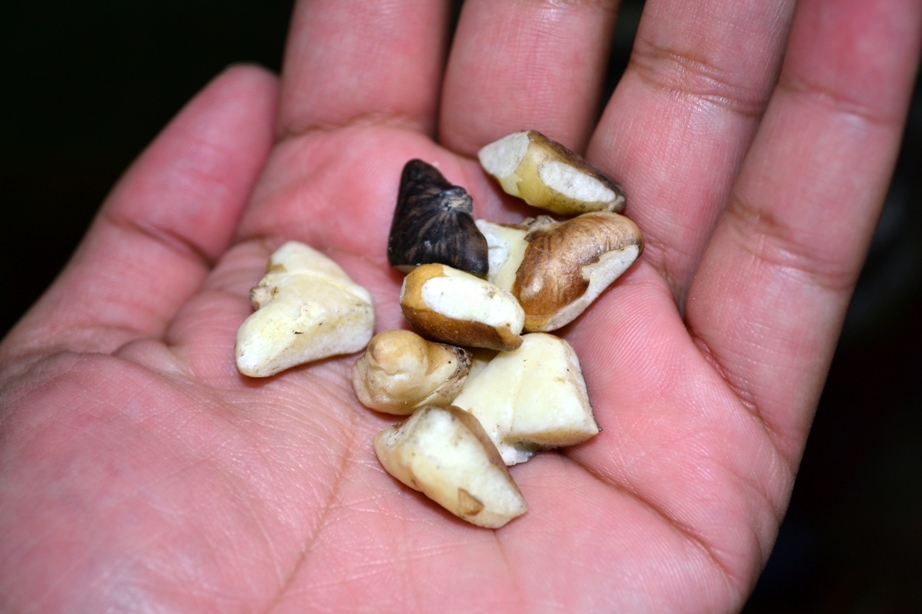
It doesn’t look very appealing nor does it taste ‘yummy’ and most of us just ignore the knobby triangular thing with a blackish brown peel being sold along roadside on pushcarts, close to winter. Yet, some relish it for its crispy-crunchy texture and delicate sweet coconut like flavour. Though, if people were to know of its dietary benefits few would be able to push it aside.
The Hallmark of Southeast Asian cuisine, it’s known as ‘singhara’ locally, though it has other names such as water chestnut, pani-phal, devil pod, caltrop, ling-nut, trapa natan and so on. It grows in slow moving water that is up to five metres deep and is native to warm temperate parts of Eurasia and Africa.
Singhara or caltrop is great for winter season snack. As it grows in slightly runny water, the fruit may have some toxins when sold fresh, and so after washing properly, it should be neutralised by blanching, boiling, steaming or roasting for at least seven minutes prior to peeling or slicing for blending into a drink, adding to salads, clear soups, stew or curry, stuffing for wraps or in whole chicken, or as pizza toppings, making its powder (used as a gravy thickener), mincing it to make puddings or cakes and storing as pickle. After cooking, it retains most of its crunchiness which is even retained when leftovers are reheated.
Few know of it and fewer eat it, though it has many health benefits
- The fruits are eaten raw or boiled. The dried fruit is ground to make flour called singhare ka atta which is used in many religious rituals and can be consumed as a phalahar (fruit diet) on the Hindu fasting days, such as the Navratari.
- Fresh singhara is rich in carbohydrates, proteins, iron, iodine, gives double the amount of magnesium, calcium, potassium, zinc, copper and multi-vitamins in comparison to the canned varieties that are available round the year.
- It is a perfect food for a healthy life; half a cup of singhara carries just 0.1 gram fat, 14.8 grams of carbohydrates, 0.9 grams of proteins, 22 per cent more micro and macro elements and minerals as compared to buffalo milk, only 60 calories, zero cholesterol, low sodium and 10pc of the daily value of vitamin B6 and B7 to support healthy brain and immune system function, while thiamin and riboflavin portion help body to convert food into energy. Zero fat content assists in maintaining healthy body weight.
- Being rich in polyphenolic and flavonoid antioxidants, it has anti-bacterial, anti-viral, anti-cancer and antioxidant properties that help in strengthening the stomach and spleen, and thus removes the symptoms of weak spleen, such as bad taste, insomnia, feeling sick, fatigue or swelling and urinary infections.
- Loaded with detoxifying properties, it is advantageous for people suffering from jaundice, aids in proper functioning of the thyroid gland, acts as sterling coolant for the body, promotes salivation and quenches thirst, potent in treating urine infections, eradicate inflammations and blood impurities. It drives away tiredness as energy booster, and checks the flow of blood from wounds, regulates water retention and blood pressure by balancing sodium. Juices and extracts of singhara seeds are effective in treating conditions like measles, aid in curing the disorders of nausea and indigestion, eliminate bile residues properly, cure phlegm and plethora, controls diarrhoea and dysentery, treats sore throats, anaemia, fractures and bronchitis.
- A porridge made with singhara flour is much creamier and is given to pregnant women after delivery to check haemorrhage. The dried seeds stop bleeding and alleviate miscarriage issues in childbearing women, and also promote secretion of milk. The singhara gruel is beneficial for the intestines and for removal of internal heat.
- A paste made from powdered singhara skin can be applied to the swollen areas of the skin for relief, seed powder mixed with lemon juice helps to cure eczema if applied regularly. Their nutritional value has a lot to contribute for hea- lthy hair. It has been widely used in Ayurvedic and Greek systems of medicine.
Despite all these benefits, some cautions are still needed; depending upon one’s digestive system, a healthy person can eat 10 to 15 grams of singhara daily, excess can cause bloating or stomach ache as they are quite addictive; people suffering from constipation are advised to avoid it.
Avoid drinking water for at least half an hour after eating it. Diabetics should take them in moderation, as the fresh fruit consists mainly of starch and has a carbohydrate content almost similar to that of potatoes.
Buy firm ones with an unwrinkled skin and no soft spots, otherwise after peeling you will find softened and mushy brown edible part. Do not eat the one that looks mouldy as its taste will permeate within it.
Keep the crunchy, crispy game on this season, and build up your the energy levels without adding pounds to body weight and with paying very little from your pocket.
Now you the benefits of Water Chestnuts and it being commonly used as Singhare Ka Atta during fasting days. If you would like to try our world famous Singhare Ka Atta or Kuttu Ka Atta then you can buy the same online by clicking this link Buy Singhare Ka Atta online
.jpg)









01-250x250.jpg)
01-250x250.jpg)














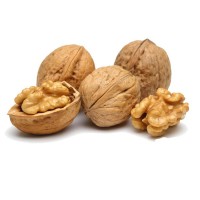
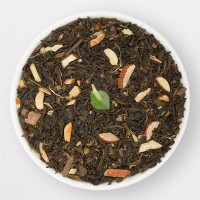
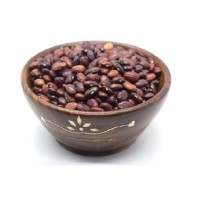
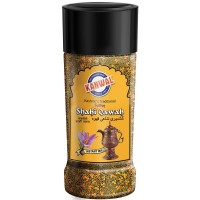
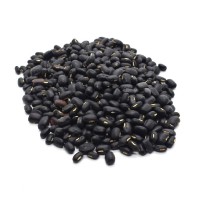
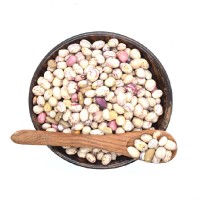
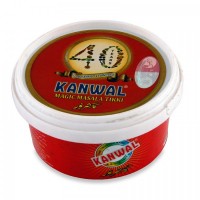
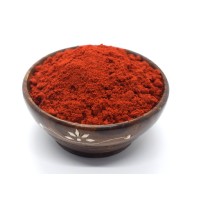
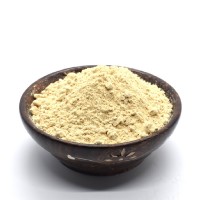
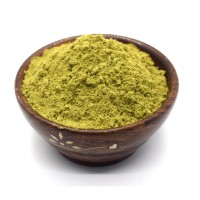
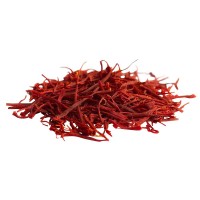
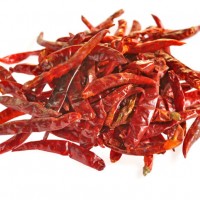

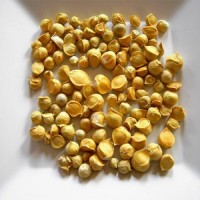




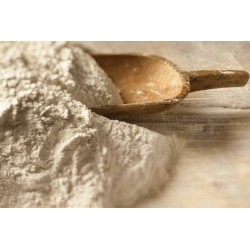
1 Comment(s)
The Kashmir shawl is characterized by the elaboration of its design, in which the "cone" pattern
Leave a Comment